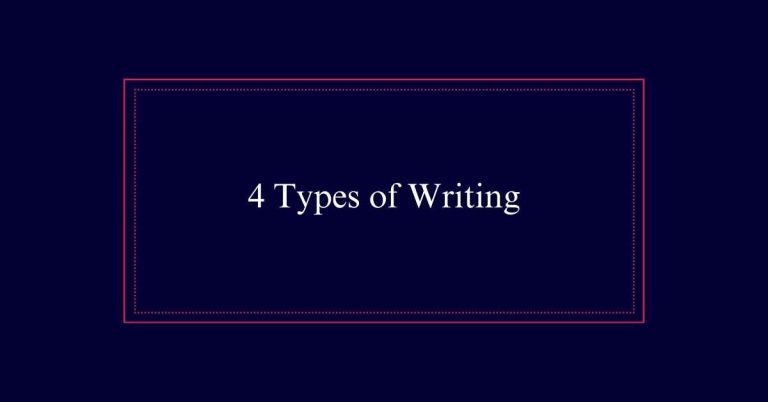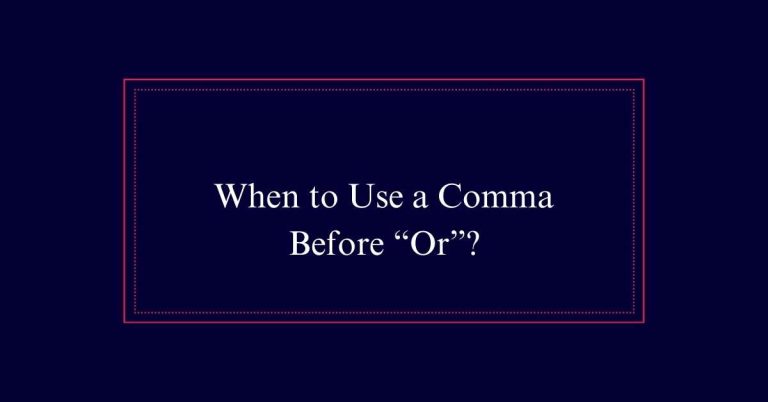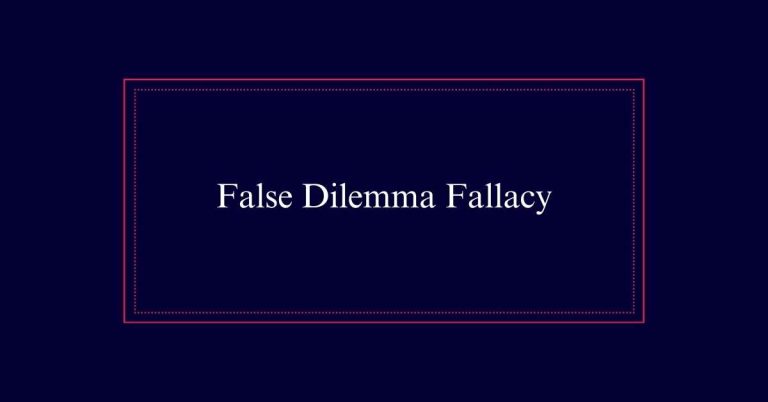Like Vs. As
Understanding the difference between ‘like’ and ‘as’ is essential for clear communication. Use ‘like’ to draw direct comparisons, such as ‘He runs like the wind.’ Use ‘as’ to describe roles, functions, or sometimes manners where a verb follows it, like ‘She works as a teacher.’ Mistaking ‘like’ for ‘as’ can lead to confusion, so remember that ‘like’ compares, while ‘as’ indicates roles or methods.
Using ‘Like’ for Comparisons
When comparing two entities, ‘like’ is the appropriate choice. This word is essential for drawing similarities between two things.
For example, saying ‘He looks like Oscar Wilde’ effectively highlights the resemblance. It is vital to use ‘like’ when you are comparing different entities, such as in ‘The little girl, like her mother, has bright red hair.’ This usage modifies ‘her mother’ and clarifies the comparison.
Remember that ‘like’ should be employed primarily for direct comparisons. It helps to maintain clarity and precision in your writing.
Always make sure that when you are comparing two distinct things, ‘like’ is the word to use to avoid confusion and enhance the readability of your sentences.
Examples of ‘Like’ in Sentences
A common example of using ‘like’ is in the sentence, ‘She dances like a ballerina.’ This usage of ‘like’ helps to draw a comparison between two entities, emphasizing similarity.
Here are a few more examples to illustrate this point:
He runs like the wind.
This sentence compares his running speed to the swift movement of the wind.
The car roared like a lion.
This comparison highlights the loud and powerful sound of the car.
She sings like an angel.
This example shows a comparison between her singing and an angelic voice.
When to Use ‘As’
The word ‘as’ is essential for indicating manner or method in a sentence. Use ‘as’ when there is a verb following it.
For example, in ‘No one makes chocolate cake the way my mother does,’ ‘as’ shows the manner of making the cake. It can often be replaced by ‘the way’ to clarify meaning.
Additionally, use ‘as’ to introduce clauses that explain roles or functions, such as ‘She works as a teacher.’ This usage is different from ‘like,’ which is meant for direct comparisons.
Examples of ‘As’ Usage
Examples of ‘as’ usage highlight its role in indicating manner, method, or function in sentences. It serves as a versatile tool to convey how actions are performed or to describe roles. Here are some illustrative examples:
As a Teacher:
‘She works as a teacher,’ emphasizing her role.
As He Used To:
‘He can’t play cricket as he used to,’ showing comparison with past abilities.
As My Mother Does:
‘No one makes chocolate cake as my mother does,’ indicating the method.
‘Like’ Vs ‘As’ Differences
Understanding the differences between ‘like’ and ‘as’ is essential for clear and effective communication.
‘Like’ is primarily used for comparisons. For example, ‘He sings like a professional.’ It compares actions or qualities of different entities.
On the other hand, ‘as’ is used to indicate a role or function, often introducing clauses or phrases. For instance, ‘She works as a teacher.’ Here, ‘as’ explains her role.
Additionally, ‘as’ can replace phrases like ‘the way’ to describe a manner, such as ‘He can’t play cricket as he used to.’

Common Errors With ‘Like’
Misusing ‘like’ in place of ‘as’ is a frequent error that can obscure the intended meaning of a sentence. ‘Like’ is primarily used for comparisons. However, it is often mistakenly used in situations that require ‘as,’ which introduces clauses or phrases explaining roles or functions.
To avoid common errors with ‘like’:
- Comparison Misuse: Don’t use ‘like’ when you need to introduce a clause, e.g., ‘He sings like a professional does’ should be ‘He sings as a professional does.’
- Role or Function: Avoid ‘like’ when indicating a role, e.g., ‘She works like a teacher’ should be ‘She works as a teacher.’
- Verb Introduction: Use ‘as’ when a verb follows, e.g., ‘Play cricket like he used to’ should be ‘Play cricket as he used to.’
Mistakes With ‘As’
Many writers mistakenly use ‘as’ when they should use ‘like’, especially in comparisons. ‘As’ is often misused in sentences where no verb follows it. For instance, saying, ‘He runs as a cheetah’ is incorrect. The correct version is, ‘He runs like a cheetah.’
Using ‘as’ in place of ‘like’ can confuse readers and obscure the intended meaning. Another common mistake is using ‘as’ to introduce clauses that do not explain a role or function. For example, ‘She sings as a professional’ is incorrect when meant to compare her singing to a professional’s. Instead, it should be, ‘She sings like a professional.’
Contextual Usage of ‘Like’
In various contexts, ‘like’ is commonly used to draw direct comparisons between two entities. This usage helps to clarify similarities and create vivid imagery.
- Physical Resemblance: ‘He looks like Oscar Wilde.’ This sentence compares appearance.
- Shared Characteristics: ‘The little girl, akin to her mother, has bright red hair.’ Here, ‘like’ highlights a common trait.
- Behavioral Similarities: ‘He runs akin to the wind.’ This phrase compares the speed or manner of running.
Contextual Usage of ‘As’
‘As’ is frequently used to introduce clauses that describe roles, functions, or methods. When indicating a role, ‘as’ clarifies the capacity someone or something operates in, such as in the sentence, ‘She works as a teacher.’ This usage specifies the function being performed.
‘As’ is also useful for describing methods or manners. For example, ‘He sings as a professional would,’ shows the manner of action. Additionally, ‘as’ typically precedes clauses with verbs, emphasizing how something is done. For instance, ‘He can’t play cricket as he used to’ compares current ability to past proficiency.
Tips for Correct Usage
To use ‘like’ and ‘as’ correctly, focus on the context of comparison or role. Understanding this distinction is vital for clear and accurate writing.
Here are some practical tips to help you master their usage:
Identify the Purpose
Determine if you are comparing two things (‘like’) or indicating a role or manner (‘as’).
Look for Verbs
Use ‘as’ when a verb follows, indicating an action or role, e.g., ‘She sings as a professional does.’
Practice Regularly
Regularly practice identifying and using ‘like’ and ‘as’ in different sentences to build confidence.






